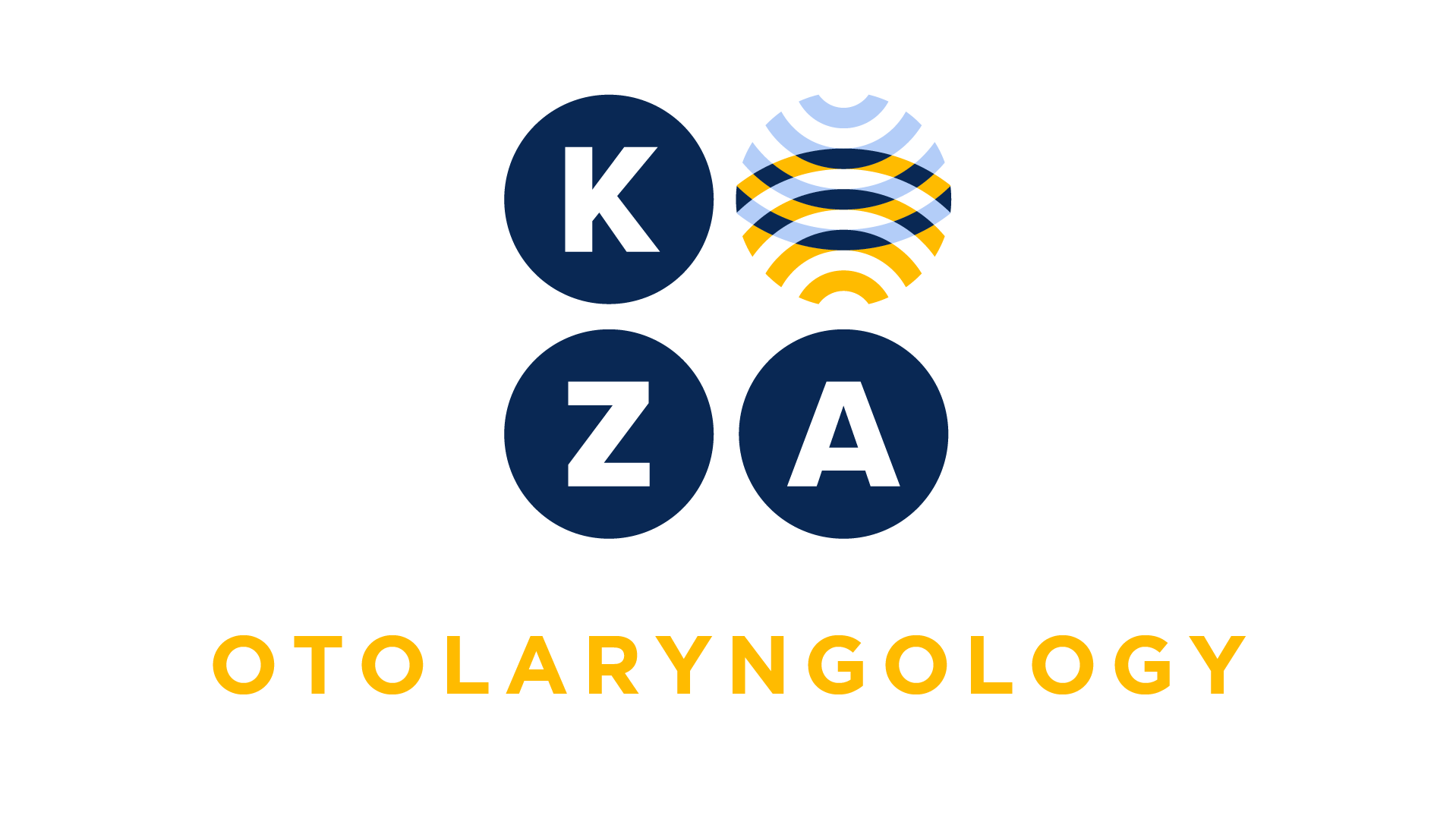
Choose your specialty from the list below to see how our experts have tackled a wide range of client questions.
Looking for something specific? Utilize our search feature by typing in a key word!
Iliac Angioplasty and Stent Coding: Per Vessel or Per Lesion?
The surgeon documented angioplasty and stents for occlusive disease in the right common and external iliac arteries. Is this reported with one or two codes?
Question:
The surgeon documented angioplasty and stents for occlusive disease in the right common and external iliac arteries. Is this reported with one or two codes?
Answer:
That depends! Coding is reported per lesion, not per vessel. So, if a single lesion extends across the two iliac vessels, external and common, only one code is reported, 37221. However, if two separate and distinct lesions are in these two vessels, separately treated with angioplasty and stents, then two codes may be reported, 37221 and +37223. Documentation of two separate and distinct lesions will be key!
*This response is based on the best information available as of 4/10/25.
Bioinductive Implants
When providers use bioinductive implants to reinforce rotator cuff repairs or other musculoskeletal procedures, what is the best way to report them? CPT code 17999 is often suggested, but CPT Assistant references imply that this unlisted code should only be reported with codes in the integumentary system.
Question:
When providers use bioinductive implants to reinforce rotator cuff repairs or other musculoskeletal procedures, what is the best way to report them? CPT code 17999 is often suggested, but CPT Assistant references imply that this unlisted code should only be reported with codes in the integumentary system.
Answer:
Thank you for your inquiry. CPT code 17999 is an unlisted code for the integumentary system. It is used for procedures performed on skin, mucous membranes, and subcutaneous tissue and is not appropriate for use with these procedures.
The bioinductive implant or patch is usually secured with small anchors or sutures to position it correctly on the tendon, provide mechanical support, and enhance biological healing after an arthroscopic rotator cuff repair. This is not a normal part of a standard rotator cuff repair, and therefore, with supporting documentation, KZA recommends CPT code 29827 with modifier 22 for increased procedural service. There is no additional reporting for the biologic implant on the surgeon’s professional claim; however, the ASC or hospital could report the implant on the facility claim.
*This response is based on the best information available as of 4/10/25.
ICD-10 For Flap Failure
We have a reconstructed breast with a free flap, but the flap is no longer viable and requires removal. What would be the appropriate ICD-10 code for Flap Failure to assign for this encounter?
Question:
We have a reconstructed breast with a free flap, but the flap is no longer viable and requires removal. What would be the appropriate ICD-10 code for Flap Failure to assign for this encounter?
Answer:
Thank you for your inquiry.
There is no specific ICD-10 code for this. Reporting a complication code would be appropriate to describe the flap failure. Given the lack of specifics on the cause of the flap failure, some may look to assign an unspecified ICD-10 code. However, AHA directs to report ICD-10 T85.898A for flap failure.
T85.898A - Other specified complication of other internal prosthetic devices, implants and grafts, initial encounter
*This response is based on the best information available as of 4/10/25.
Synthetic Graft to Close Dura
After performing a craniotomy for tumor removal, the dura was repaired with a synthetic graft. What code is used for the synthetic graft?
Question:
After performing a craniotomy for tumor removal, the dura was repaired with a synthetic graft. What code is used for the synthetic graft?
Answer:
Repairing the dura after a craniotomy with a synthetic graft is included in the craniotomy code. No additional code is reported.
*This response is based on the best information available as of 4/10/25.
Laparoscopic Mobilization of Splenic Flexure With Open Colectomy
Our provider began a laparoscopic procedure for colectomy and completed the mobilization of the splenic flexure laparoscopically but then needed to convert to an open procedure to perform the colectomy. What is the correct coding for laparoscopic mobilization of the splenic flexure with open colectomy?
Question:
Our provider began a laparoscopic procedure for colectomy and completed the mobilization of the splenic flexure laparoscopically, but then needed to convert to an open procedure to perform the colectomy. What is the correct coding for laparoscopic mobilization of the splenic flexure with open colectomy?
Answer:
When a laparoscopic procedure is converted to an open procedure, you can only code for the open procedure, so in this case, only code for the appropriate open colectomy code; the laparoscopic mobilization of the splenic flexure is not separately billable.
*This response is based on the best information available as of 4/10/25.
EAC Closure Coding
Is a "blind sac EAC closure" included in codes 69603 and 69530? Or would the closure be billed separately?
Question:
Is a "blind sac EAC closure" included in codes 69603 and 69530? Or would the closure be billed separately?
Answer:
Thank you for your question.
CPT codes 69603 and 69530 do not include a "blind sac closure" of the external auditory canal (EAC).
CPT code 69603 is for a tympanoplasty with mastoidectomy, which includes a meatoplasty (widening of the ear canal entrance) but not a blind sac closure
CPT code 69530 is for a radical mastoidectomy, which also does not include a blind sac closure
A blind sac closure is a separate procedure involving the permanent closure of the external auditory canal, and it would need to be coded separately. This would be reported with the unlisted code 69399 since there is no specific code for this procedure. You can use CPT 69603 or 69530 as the comparison code.
*This response is based on the best information available as of 4/10/25.






